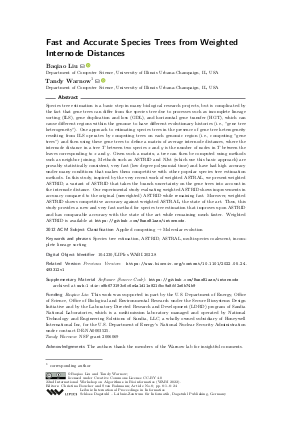LIPIcs.WABI.2022.8.pdf
- Filesize: 3.37 MB
- 24 pages

 Creative Commons Attribution 4.0 International license
Creative Commons Attribution 4.0 International license











Feedback for Dagstuhl Publishing